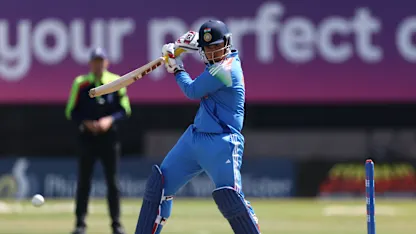News

Men's Rankings
Australia, New Zealand performers gain in men's rankings
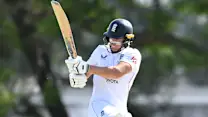
ICC World Test Championship, 2025/27
Two changes as England name team for Boxing Day Ashes Test
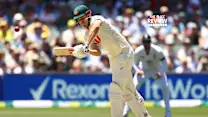
The ICC Review
Ponting ponders next step in Cameron Green’s Test journey
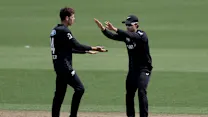
News
New Zealand squads set for India tour as T20 World Cup looms
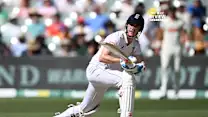
The ICC Review
Ponting's advice for Harry Brook ahead of Boxing Day Test
Editor's Picks
ICC World Test Championship
Anderson weighs in on England's tactics at the AshesICC Women's Emerging Nations Trophy, 2025
ICC Women’s Emerging Nations Trophy Day 5 wrapICC World Test Championship
Bavuma in awe of South Africa's 'massive' feat in IndiaICC World Test Championship
ICC World Test Championship 2025-27: State of Play
